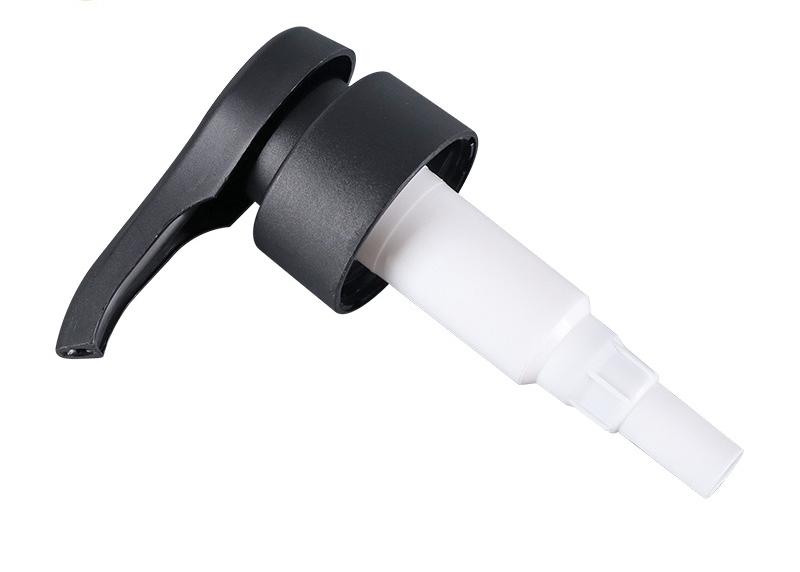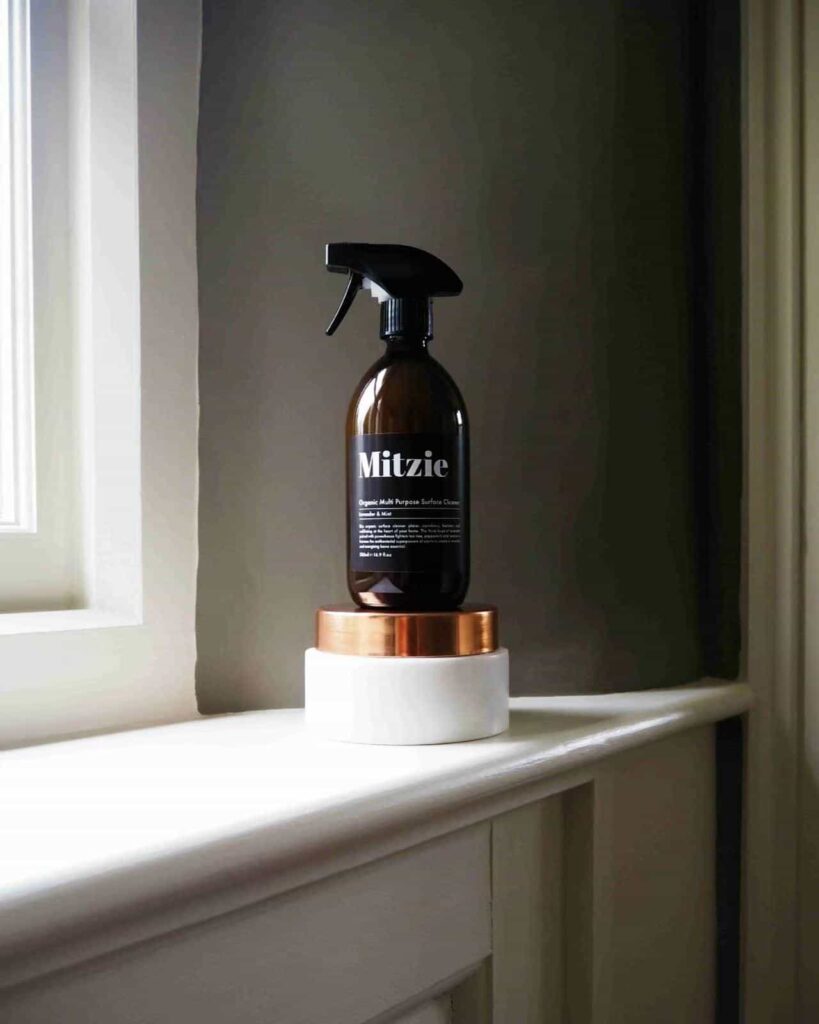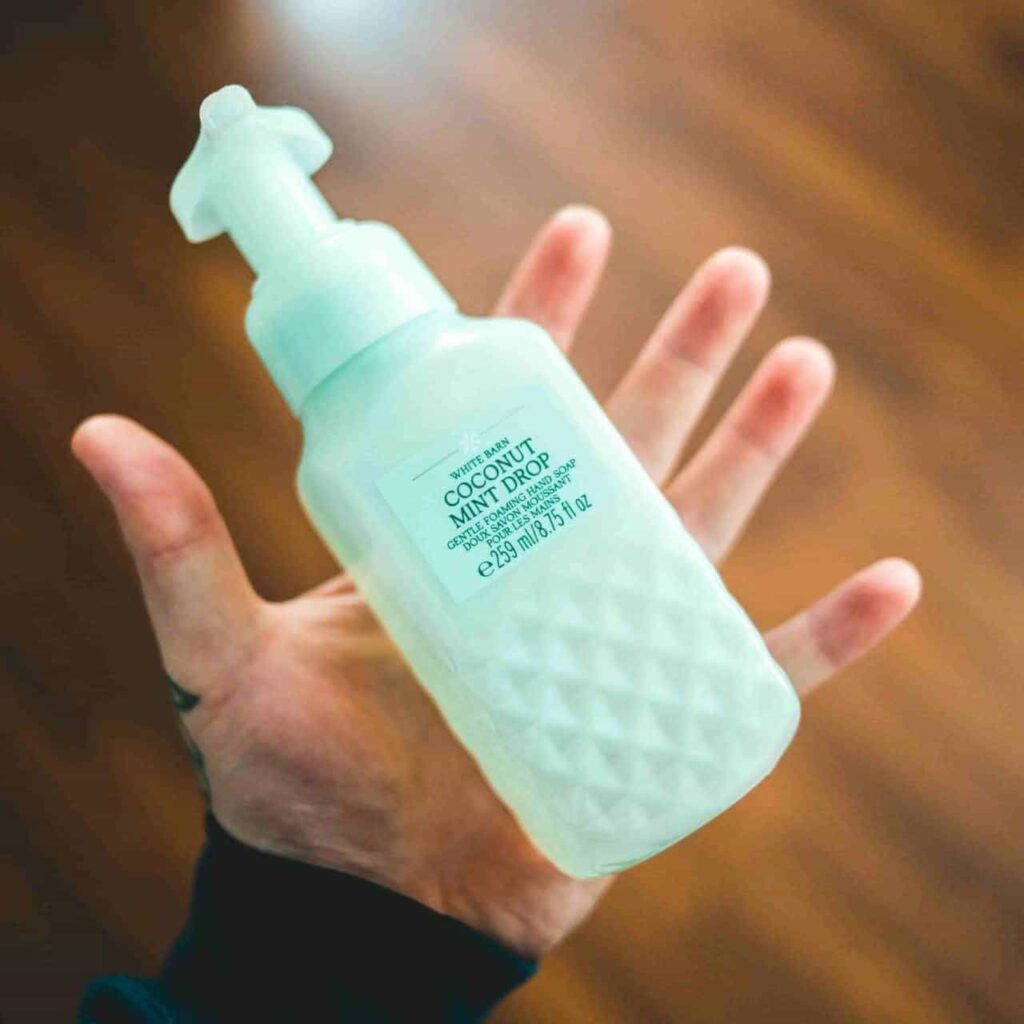Have you noticed the buzz around airless pumps and bottles? They’re especially popular in the beauty and skincare industries, and for good reason. These sleek and modern packaging solutions do much more than look good on your shelf. They come with a range of benefits that appeal to both consumers and manufacturers alike.
What makes airless pumps so special? For starters, they help preserve the integrity of products, ensuring that everything from your favorite moisturizer to high-end serums stays fresh and effective for longer. But how exactly do they work, and what makes them a game-changer in packaging?
In this blog, we’ll explore the ins and outs of airless pumps. You’ll learn about their unique mechanisms, how they ensure every last drop of your product is used, and why they’re becoming a go-to choice for various industries. We’ll also discuss their wide range of applications beyond just beauty and skincare, touching on their use in pharmaceuticals and even gourmet food products.
Are you curious about the specific advantages these pumps offer? We’ll break down how they help reduce waste, enhance product shelf life, and provide precise dosing, making them not only convenient but also environmentally friendly.
Section 1 What Are Airless Pumps?
1.1 Definition
Airless pumps are dispensing systems designed to prevent air from entering the container. Unlike traditional pumps that rely on a dip tube, airless pumps use a mechanical action to dispense the product. The key component of an airless pump system is the vacuum effect created within the bottle, ensuring that the product is pushed up from the bottom as it is used, maintaining its integrity.

1.2 Components of Airless Pump Systems
Understanding the key components of airless pump systems helps in appreciating how these innovative packaging solutions work seamlessly to deliver products efficiently and effectively. Here’s a closer look at each part:
▶ Bottle/Container
The bottle or container is typically made from high-quality plastic or glass. These materials are chosen not only for their durability but also for their ability to create an airtight seal. This airtight design is crucial because it prevents air from entering the container, which can cause oxidation and contamination of the product. Glass containers are often preferred for their premium feel and recyclability, while plastic containers are favored for their lightweight and shatterproof properties.
▶ Pump Mechanism
The pump mechanism is the heart of the airless pump system. It includes several key components:
○ Spring: The spring provides the necessary force to push the product upwards and out of the container. It ensures consistent pressure for smooth and even dispensing.
○ Disc: The disc acts as a barrier that moves upwards within the bottle, maintaining the vacuum created as the product is dispensed. This movement ensures that no air enters the bottle, preserving the product’s integrity.
○ Piston: The piston works in tandem with the disc to create a vacuum effect. As the piston moves up, it pushes the product towards the nozzle, ensuring that every bit of the product can be used without any remaining residue at the bottom.

▶ Nozzle/Dispenser
The nozzle or dispenser is where the product is finally released. It is designed to provide a controlled and precise amount of product with each use. This part is crucial for maintaining the user experience, as it ensures that the product is dispensed in a consistent and manageable manner. The nozzle design can vary depending on the product’s viscosity and intended use, from fine mist sprays for toners to thicker pumps for creams and lotions.
By combining these components, airless pump systems offer a reliable and efficient way to dispense products, ensuring that they remain fresh, uncontaminated, and effective from the first use to the last.
Section 2 How Do Airless Pumps and Bottles Work?
Airless pump bottles are designed to deliver products efficiently while maintaining their integrity. Here’s a step-by-step explanation of how these systems work:
▶ Initial Setup
In the initial setup phase, the product is carefully filled into the bottle. This process must be done in a way that ensures the bottle remains airtight. After filling, the pump mechanism is securely assembled to the bottle, creating a sealed environment. This airtight assembly is crucial to prevent air from entering and contaminating the product.
▶ Dispensing Action
When the user presses the pump, it initiates the dispensing action. This action sets the pump mechanism into motion. Specifically, the piston inside the bottle begins to move upwards. This movement is driven by the force applied by the user and is supported by the spring within the pump mechanism.
▶ Vacuum Creation
As the piston moves upwards, it creates a vacuum within the bottle. This vacuum is a key feature of the airless pump system. The absence of air in the bottle ensures that the product is pushed upwards, rather than relying on gravity or a dip tube. This vacuum pressure forces the product to move towards the nozzle, ensuring a smooth and consistent flow.
▶ Product Dispensing
Finally, the product is dispensed through the nozzle. The design of the nozzle ensures that the product is released in a controlled and precise manner, without allowing any air to enter the container. This mechanism guarantees that the product remains fresh and uncontaminated, and it also allows for nearly complete evacuation of the product from the bottle, minimizing waste.

This step-by-step mechanism not only enhances the usability and longevity of the product but also provides a superior user experience by ensuring that the product is dispensed efficiently and hygienically every time.
Section 3 Applications of Airless Pumps and Bottles
3.1 Beauty and Skincare Industry
Airless pumps and bottles are predominantly used in the beauty and skincare industry. They are ideal for products such as:
○ Moisturizers: Ensuring the product remains uncontaminated and effective until the last drop.
○ Serums: Providing precise dosing of expensive formulations.
○ Foundations: Maintaining consistency and preventing oxidation.
3.2 Pharmaceutical Industry
In the pharmaceutical industry, airless packaging is used for:
○ Topical Medications: Ensuring the integrity of active ingredients.
○ Lotions and Gels: Preventing contamination and degradation of sensitive compounds.
3.3 Food and Beverage Industry
While less common, airless pumps are also used in the food and beverage industry for:
○ Gourmet Sauces: Keeping the product fresh and dispensing it without spills.
○ Honey and Syrups: Preventing crystallization and ensuring easy use.

Section 4 Advantages of Airless Pumps
○ Preserves Product Integrity: Airless pumps protect products from exposure to air, preventing oxidation and contamination. This is crucial for products with active ingredients that degrade upon contact with air.
○ Precision and Control: The design of airless pumps allows for precise dispensing, ensuring that users get the exact amount of product needed, reducing waste.
○ Enhanced Shelf Life: By preventing air from entering the container, airless pumps help extend the shelf life of products, maintaining their effectiveness and quality over time.
○ Sustainability and Reduced Waste: Airless bottles often allow for nearly 100% product usage, meaning less product is wasted compared to traditional pump or squeeze bottles. This is not only cost-effective but also more environmentally friendly.
○ Versatility in Design: Airless pumps can be designed to be sleek and stylish, appealing to consumers looking for both functionality and aesthetics in their products.
○ User-Friendly: The easy-to-use design of airless pumps ensures a consistent and user-friendly experience. The pumps are typically designed to be ergonomic and require minimal effort to dispense the product.
○ Hygienic: Airless pumps are inherently more hygienic than traditional packaging methods. Since the product is not exposed to air and contaminants, it remains sterile, making it suitable for sensitive skin products and medical applications.

Conclusion
Airless pumps and bottles are revolutionizing the packaging industry by providing a solution that enhances product integrity, longevity, and usability. Whether in beauty, skincare, pharmaceuticals, or even food and beverage, the benefits of airless technology are clear. As consumers become more conscious of product quality and sustainability, the demand for airless packaging is set to rise, making it a critical component in the future of packaging solutions.
By understanding the mechanics, applications, and advantages of airless pumps, businesses can make informed decisions about incorporating this innovative technology into their product lines. Whether you are a manufacturer looking to improve your packaging or a consumer seeking better product experiences, airless pumps, and bottles are a trend worth embracing.
If you found this blog informative and are considering upgrading your packaging solutions, feel free to reach out to us at Smilebottles. We specialize in providing high-quality glass bottles and jars, perfect for a variety of industries and applications.
For more detailed information and to explore our product offerings, visit our website at Smilebottles.











